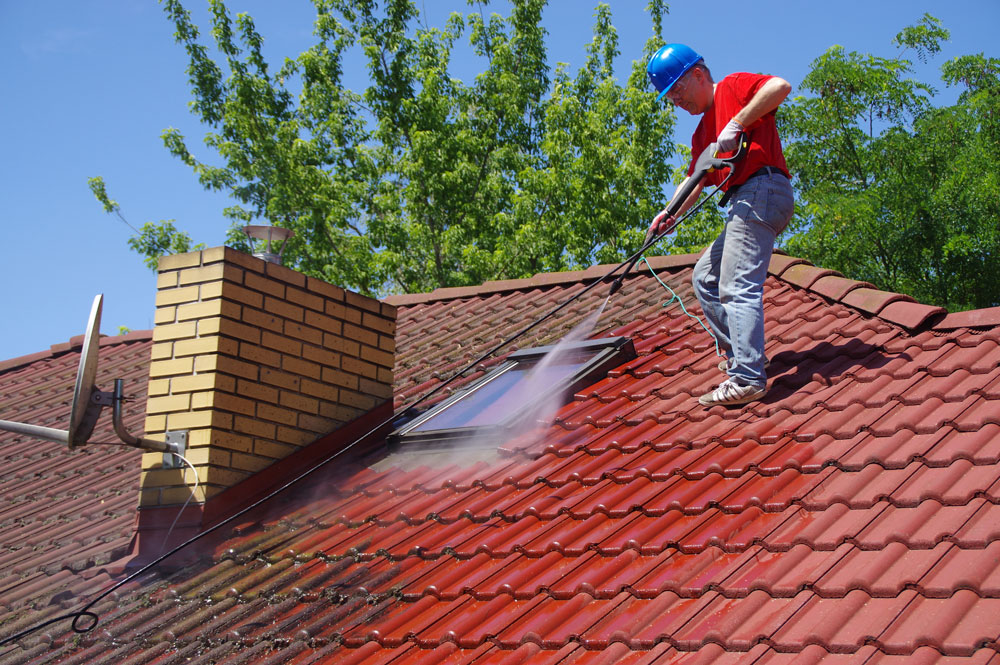Wondering how to get alimony in divorce? Learn about the legal process, eligibility, and key factors that determine spousal support in India.

Alimony in Divorce
Alimony is financial support given to a spouse after a divorce if they cannot support themselves. Consulting the best divorce lawyer bangalore can help you understand your rights and obligations regarding alimony. It is meant to help the spouse maintain a standard of living similar to what they had during the marriage. In India, either the husband or the wife can request alimony, but usually, the husband pays it to the wife.
Types of Alimony in India
There are two types of alimony:
- Interim Alimony: This is a temporary payment made during the court proceedings until the final decision is reached.
- Permanent Alimony: This is a one-time or regular payment given after the divorce is finalized.
Eligibility for Alimony
A spouse can receive alimony if they have no source of income or cannot support themselves financially. The court considers several factors, such as:
- The duration of the marriage
- The financial status of both spouses
- The age and health of both spouses
- The property and assets owned by each spouse
- The reason for the divorce
- The standard of living during the marriage
How is Alimony Calculated?
There is no fixed formula for determining alimony. It can be given as a one-time lump sum or in monthly payments. The court considers factors such as:
- The net income of both spouse
- Their financial responsibilities, such as debts and taxes
- Their lifestyle and social status
- Any dependents they support, such as children or elderly parents
- The duration of the marriage
For monthly payments, the Supreme Court of India suggests that alimony should be around 25% of the paying spouse’s monthly income.
Evidence Required to Get Alimony
To receive alimony, the applicant must prove they have financial difficulties. They must submit documents such as:
- Proof of their monthly expenses
- Their spouse’s income tax returns and salary slips
- Business financial statements (if their spouse owns a business)
- Medical reports if they have dependent family members requiring care
- Expenses related to raising a child (if they have one)
Difference Between Alimony and Spousal Support
Both terms refer to financial support given to a spouse after divorce. Traditionally, alimony meant the husband paid the wife. Today, the term “spousal support” is used more often, as either spouse can receive financial help based on their situation.
Duration of Alimony Payments
For temporary alimony, payments last between 15 days to 2 months. Permanent alimony payments may continue for 5 months to a year or longer, depending on the case.
Reasons for Alimony Rejection
A court may reject an alimony request if:
- The spouse requesting alimony has enough earnings to support themselves
- False information about income is given to the court
- There is not enough evidence to prove financial hardship
Taxes on Alimony
If alimony is paid as monthly or periodic payments, the recipient must pay tax on the amount received. However, if alimony is given as a one-time lump sum payment, it is considered a capital receipt and is not taxable.
Understanding alimony rules can help ensure fair financial support after a divorce. Each case is unique, and the court considers various factors before deciding on the amount and type of alimony granted.
